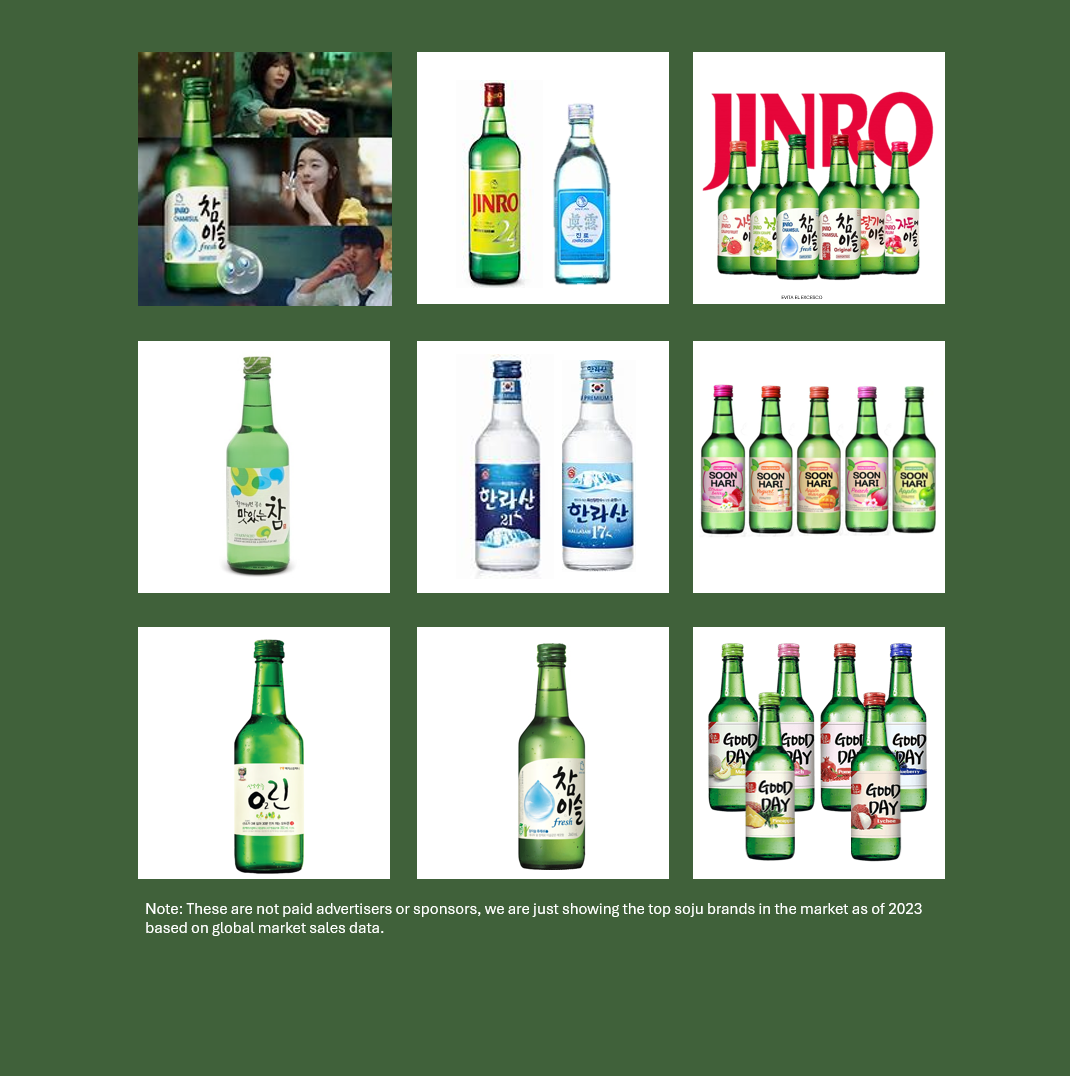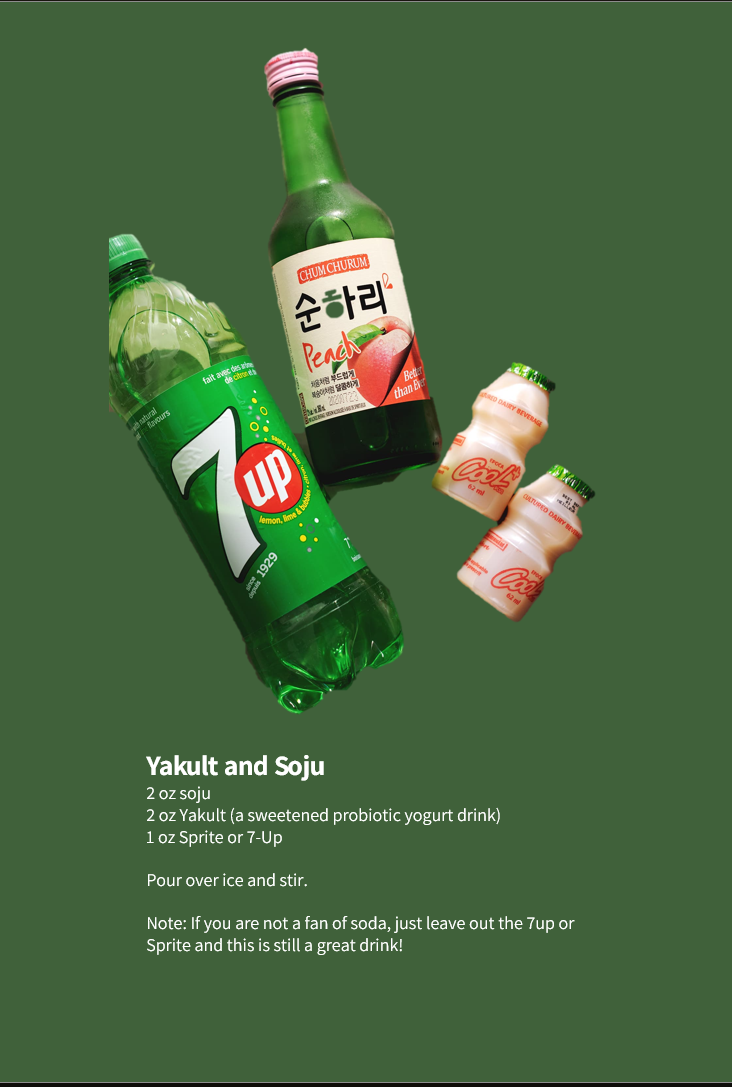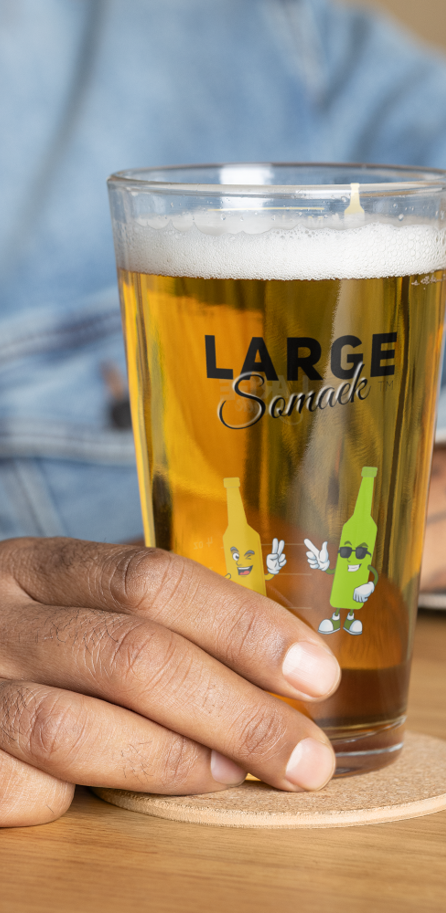What is soju?

The History of soju
Soju’s origins date back to the 13th century during the Goryeo Dynasty. Mongolian invaders, influenced by the distillation techniques of Persia, introduced the production process to Korea. The early versions of soju were distilled from grains like rice, barley, or wheat, and its popularity spread quickly across the peninsula.
During the 20th century, rice shortages led to government regulations that prohibited the use of rice in soju production. This prompted distilleries to use alternative ingredients such as sweet potatoes and tapioca. These innovations helped make soju more affordable and accessible, solidifying its place in Korean culture. Today, with the lifting of restrictions, traditional rice-based soju has made a comeback alongside modern variations.

Global Impact and Consumption
Soju is not only Korea’s most-consumed liquor but also the best-selling spirit in the world. Soju makes up for 97% of alcohol sales in South Korea, and half of all the white spirits sold in South Korea is produced by Jinro. According to 2023 data, Jinro Soju is the world’s top-selling liquor brand, with over 90 million cases sold annually. While most of the consumption happens in Korea (where an average adult drinks nearly 90 bottles per year), the global popularity of soju is rising, especially in countries like the United States, China, and Japan. The global soju market share was estimated at 5.30 billion in 2023 and is expected to grow by nearly 3% (2024- 2029) resulting in a global market volume of $6.38B in 2029.
To scale the soju sales into a global perspective, Jinro has held the number one spot on the "Millionaire's Club" list of top selling spirits and alcohol for 20 consecutive years.
Consumption by Continent: Below is a breakdown of soju’s global popularity by region:
- Asia: The largest consumer, particularly in Korea, China, and Japan.
- North America: Growing demand due to the rise of Korean culture (Hallyu) and the influence of K-dramas and K-pop.
- Europe: Emerging markets as Korean cuisine gains popularity.
- Oceania: High demand in Australia and New Zealand, driven by expat communities.
- Africa & South America: Limited but growing awareness through Korean cultural exports.

Flavors and Popular Brands
The introduction of flavored soju has made it more appealing to a younger, global audience. Popular flavors include peach, green grape, strawberry, grapefruit, and yogurt.
Flavored soju typically has a sweeter and lighter profile, making it approachable for first-time drinkers. Meanwhile, traditional soju retains a clean, slightly nutty, and crisp flavor, with higher alcohol content.
Leading brands like Jinro, Chamisul, Soon Hari, 02Linn and Good Day dominate the market, and many of them offering both traditional and flavored options.

Soju Cocktails
Since soju is such a versatile and delightful drink that can be enjoyed in various ways. Its mild flavor and smoothness make it an excellent base for cocktails, allowing it to blend harmoniously with a wide range of ingredients. If you're looking to spice up your drink menu, Korean cocktails made with soju might be worth a try!
The introduction of flavored soju has made it more appealing to a younger, global audience. The popular flavors include peach, green grape, strawberry, grapefruit, and yogurt. The flavored soju typically has a sweeter and lighter profile, making it approachable for first-time drinkers. Meanwhile, traditional soju retains a clean, slightly nutty, and crisp flavor, with higher alcohol content.
Try a sweet flavor with your maekju (beer) for a sweeter somaek that can actually resemble a cocktail depending upon the flavor chosen.
Or, try replacing vodka with soju in your favorite cocktail! Try a Soju Mojito for something new. Or for some Korean soju cocktail recipes, visit us on Pinterest by clicking the button below!

The Birth of Large Somaek
Soju’s cultural significance extends beyond its taste. It embodies Korea’s rich history, social customs, and innovative spirit. As soju gained global recognition, so did the love for creative combinations like somaek. This iconic mix inspired the creation of the Large Somaek glass, a symbol of celebrating connection and fun.
Large Somaek was founded to elevate the joy of drinking experiences. Whether enjoying soju neat, in cocktails, or as part of a somaek, the brand encourages cultural appreciation and inclusivity. By blending tradition with modern flair, Large Somaek ensures that soju remains and grows as a beloved beverage worldwide.
So raise a glass—be it soju, somaek, or your own creative mix—and celebrate the timeless charm of Korea’s favorite drink!
